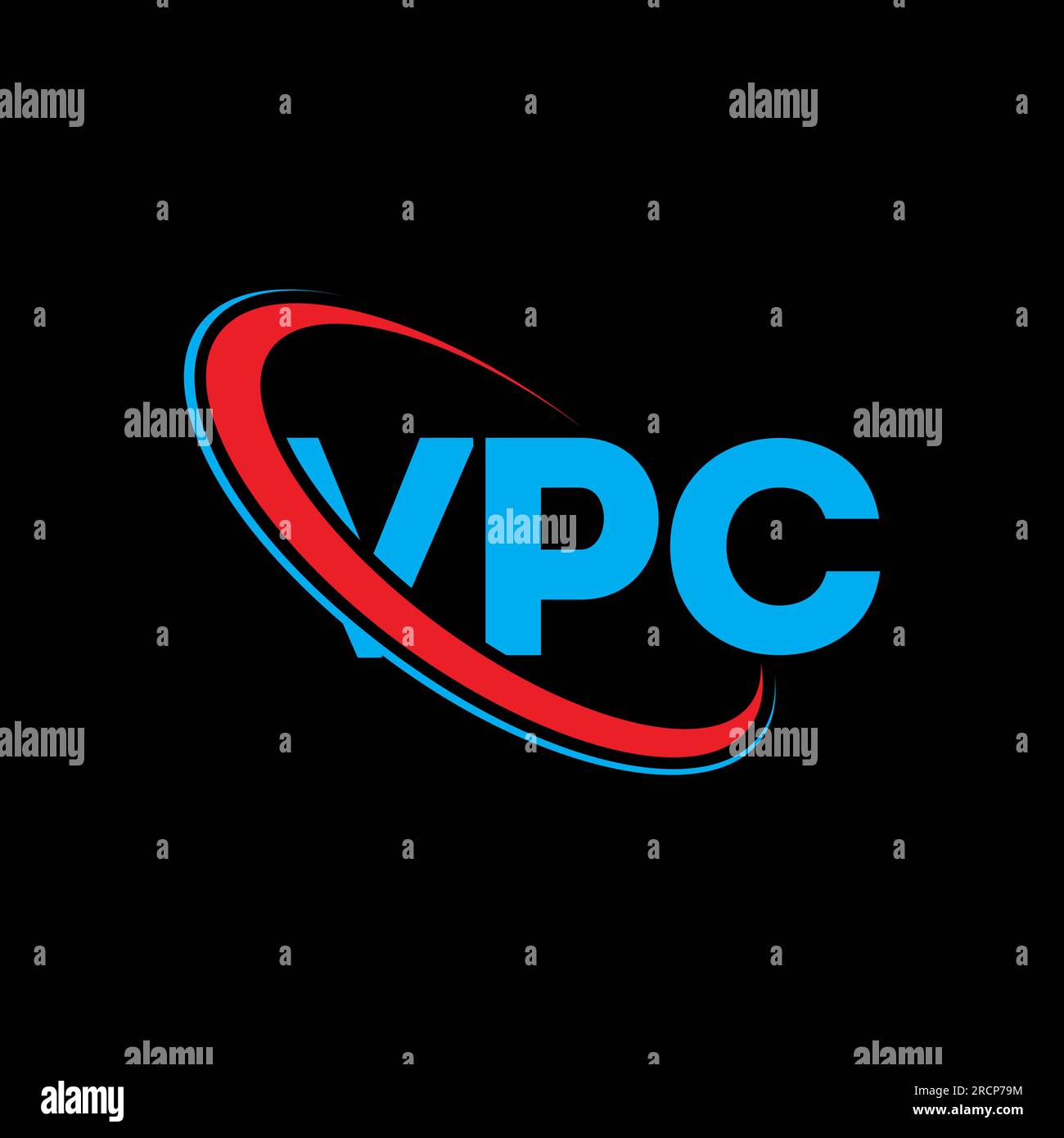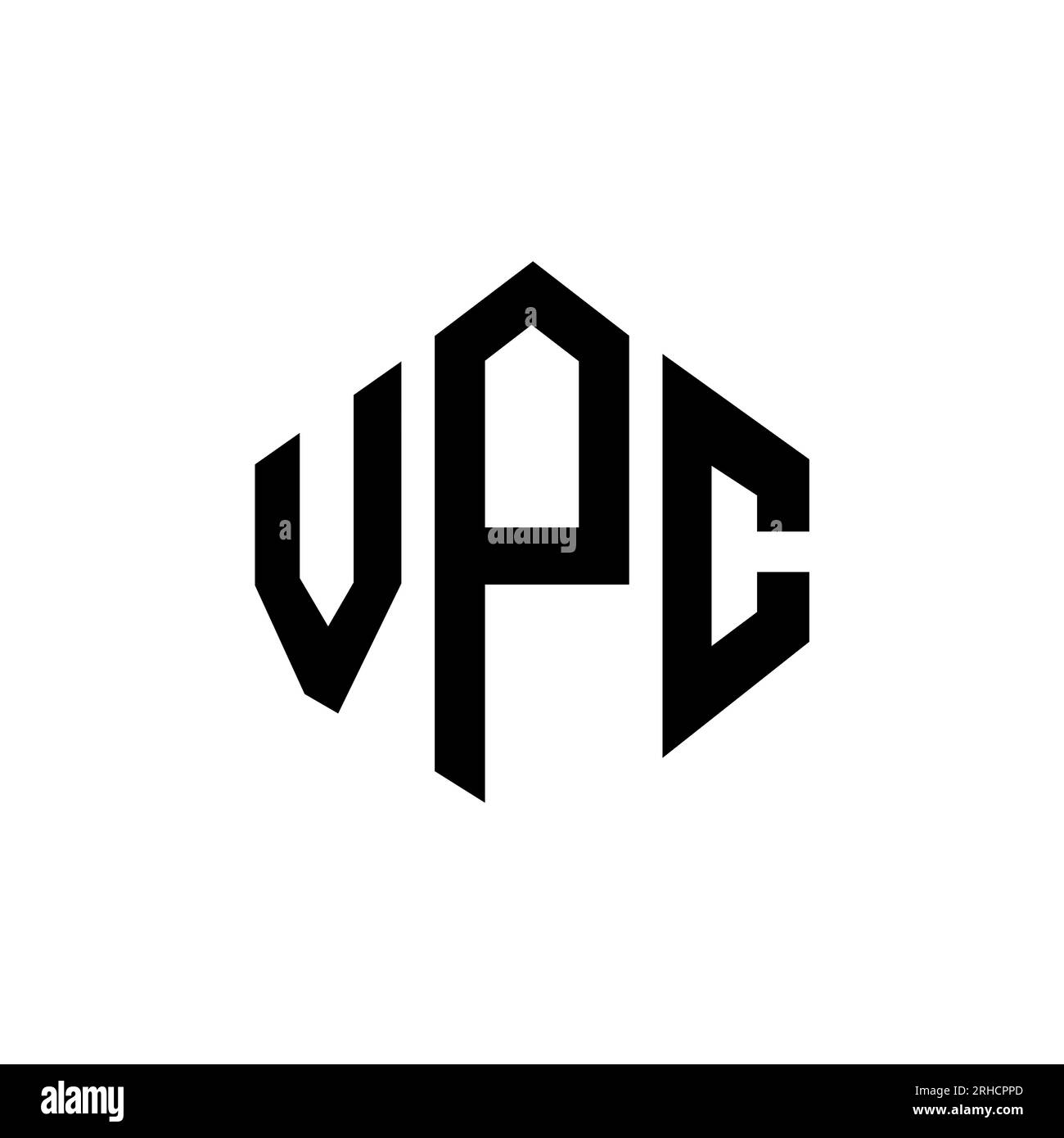In today's digital landscape, remote IoT VPC has become a critical component for businesses aiming to streamline operations while maintaining robust security and scalability. As companies increasingly adopt cloud-based solutions, understanding the intricacies of remote IoT VPC is essential for ensuring seamless connectivity and data management. This article will explore the concept of remote IoT VPC, its benefits, challenges, and how it can revolutionize your organization's infrastructure.
With the proliferation of Internet of Things (IoT) devices, managing data securely and efficiently has become more challenging than ever. Remote IoT VPC offers a solution by providing a secure, isolated environment for IoT devices to communicate and share data. By leveraging virtual private cloud (VPC) technology, organizations can enhance their network's security, scalability, and performance.
This guide aims to provide you with an in-depth understanding of remote IoT VPC, including its architecture, implementation strategies, and best practices. Whether you're a beginner or an experienced professional, this article will equip you with the knowledge and tools necessary to harness the full potential of remote IoT VPC.
- Unveiling Movierulz Page 3 Your Comprehensive Guide
- Hdmoviehub 4ucom Your Ultimate Destination For Latest Movies And Entertainment
Table of Contents
- Introduction to RemoteIoT VPC
- RemoteIoT VPC Architecture
- Benefits of RemoteIoT VPC
- Challenges in Implementing RemoteIoT VPC
- Enhancing Security in RemoteIoT VPC
- Scalability and Performance Optimization
- Real-World Use Cases of RemoteIoT VPC
- Best Practices for Managing RemoteIoT VPC
- Tools and Technologies for RemoteIoT VPC
- Future Trends in RemoteIoT VPC
Introduction to RemoteIoT VPC
RemoteIoT VPC refers to the integration of Internet of Things (IoT) devices within a Virtual Private Cloud (VPC) environment. This setup allows organizations to securely connect IoT devices, manage data flows, and ensure privacy while leveraging cloud-based infrastructure. A VPC acts as a virtual network dedicated to your AWS account, enabling you to launch AWS resources in an isolated environment.
The primary goal of remote IoT VPC is to create a secure and scalable platform for IoT devices to communicate and exchange data. By isolating IoT devices within a VPC, organizations can control access, monitor traffic, and implement advanced security measures to protect sensitive information.
Why RemoteIoT VPC Matters
As IoT adoption continues to grow, so does the need for secure and efficient data management. Remote IoT VPC addresses these challenges by providing:
- Is Fikfap Down A Comprehensive Guide To Understanding Fikfaps Downtime And Troubleshooting
- Hd4 Movie Hub Your Ultimate Destination For Cinematic Excellence
- Enhanced security through isolation and access control.
- Scalability to accommodate growing numbers of IoT devices.
- Improved performance through optimized data routing.
RemoteIoT VPC Architecture
The architecture of remote IoT VPC typically includes several key components that work together to ensure secure and efficient communication between IoT devices and cloud resources. These components include:
1. VPC Network
A VPC network serves as the foundation of the remote IoT VPC architecture, providing an isolated environment for IoT devices to operate. This network can be customized to meet specific security and performance requirements.
2. Subnets
Subnets divide the VPC network into smaller segments, allowing for better traffic management and improved security. Each subnet can have its own security policies and routing rules.
3. Security Groups and Network ACLs
Security groups and network access control lists (ACLs) control inbound and outbound traffic to and from IoT devices within the VPC. These security measures help prevent unauthorized access and protect sensitive data.
Benefits of RemoteIoT VPC
Implementing a remote IoT VPC offers numerous advantages for organizations looking to optimize their IoT infrastructure. Some of the key benefits include:
- Enhanced security through isolation and access control.
- Improved scalability to accommodate growing numbers of IoT devices.
- Optimized performance through efficient data routing.
- Cost savings through efficient resource utilization.
Challenges in Implementing RemoteIoT VPC
While remote IoT VPC offers many benefits, there are also several challenges to consider when implementing this solution. These challenges include:
- Complexity in setting up and managing VPC architecture.
- Potential latency issues due to data routing through the VPC.
- Increased costs associated with advanced security measures.
Enhancing Security in RemoteIoT VPC
Security is a top priority when implementing a remote IoT VPC. To ensure the highest level of protection, organizations should adopt the following strategies:
1. Implement Strong Authentication and Authorization
Use multi-factor authentication (MFA) and role-based access control (RBAC) to restrict access to IoT devices and cloud resources.
2. Encrypt Data in Transit and at Rest
Encrypt all data transmitted between IoT devices and the VPC to prevent unauthorized access. Additionally, ensure that data stored within the VPC is encrypted to protect sensitive information.
3. Regularly Monitor and Audit Security Logs
Continuously monitor security logs for suspicious activity and conduct regular audits to identify potential vulnerabilities.
Scalability and Performance Optimization
As the number of IoT devices grows, organizations must ensure that their remote IoT VPC can scale effectively to meet demand. To achieve this, consider the following strategies:
- Design a flexible VPC architecture that can accommodate additional subnets and resources as needed.
- Implement load balancing to distribute traffic evenly across IoT devices and cloud resources.
- Optimize data routing to minimize latency and improve performance.
Real-World Use Cases of RemoteIoT VPC
Remote IoT VPC has been successfully implemented in various industries, including:
1. Smart Cities
Smart cities use remote IoT VPC to manage traffic systems, public transportation, and energy grids, ensuring efficient and secure communication between devices.
2. Healthcare
Hospitals and clinics leverage remote IoT VPC to connect medical devices, monitor patient health, and securely store sensitive medical data.
3. Manufacturing
Manufacturers utilize remote IoT VPC to optimize production processes, monitor equipment performance, and reduce downtime through predictive maintenance.
Best Practices for Managing RemoteIoT VPC
To ensure the successful implementation and management of remote IoT VPC, follow these best practices:
- Plan your VPC architecture carefully, considering scalability and security requirements.
- Regularly update security policies and protocols to address emerging threats.
- Train staff on remote IoT VPC management and security best practices.
Tools and Technologies for RemoteIoT VPC
Several tools and technologies can help organizations manage their remote IoT VPC effectively. Some of the most popular options include:
- AWS IoT Core for managing IoT devices and communication.
- AWS VPC for creating and managing virtual private clouds.
- CloudWatch for monitoring and analyzing performance and security metrics.
Future Trends in RemoteIoT VPC
As technology continues to evolve, several trends are likely to shape the future of remote IoT VPC. These trends include:
- Increased adoption of edge computing to reduce latency and improve performance.
- Advancements in artificial intelligence and machine learning to enhance security and optimization.
- Greater emphasis on interoperability and standardization to facilitate seamless integration of IoT devices.
Conclusion
In conclusion, remote IoT VPC offers a powerful solution for organizations seeking to secure and optimize their IoT infrastructure. By understanding the architecture, benefits, challenges, and best practices associated with remote IoT VPC, businesses can harness its full potential to drive innovation and growth.
We encourage you to share your thoughts and experiences with remote IoT VPC in the comments below. Additionally, feel free to explore other articles on our site for more insights into cloud computing, IoT, and related technologies.
Data Sources: This article draws on information from reputable sources such as AWS documentation, industry reports, and expert analysis to ensure accuracy and reliability.
- Discover The Ultimate Movie Experience With Movie 4hd Hub
- Bollyflix Old Movie Your Ultimate Destination For Nostalgic Bollywood Cinema


